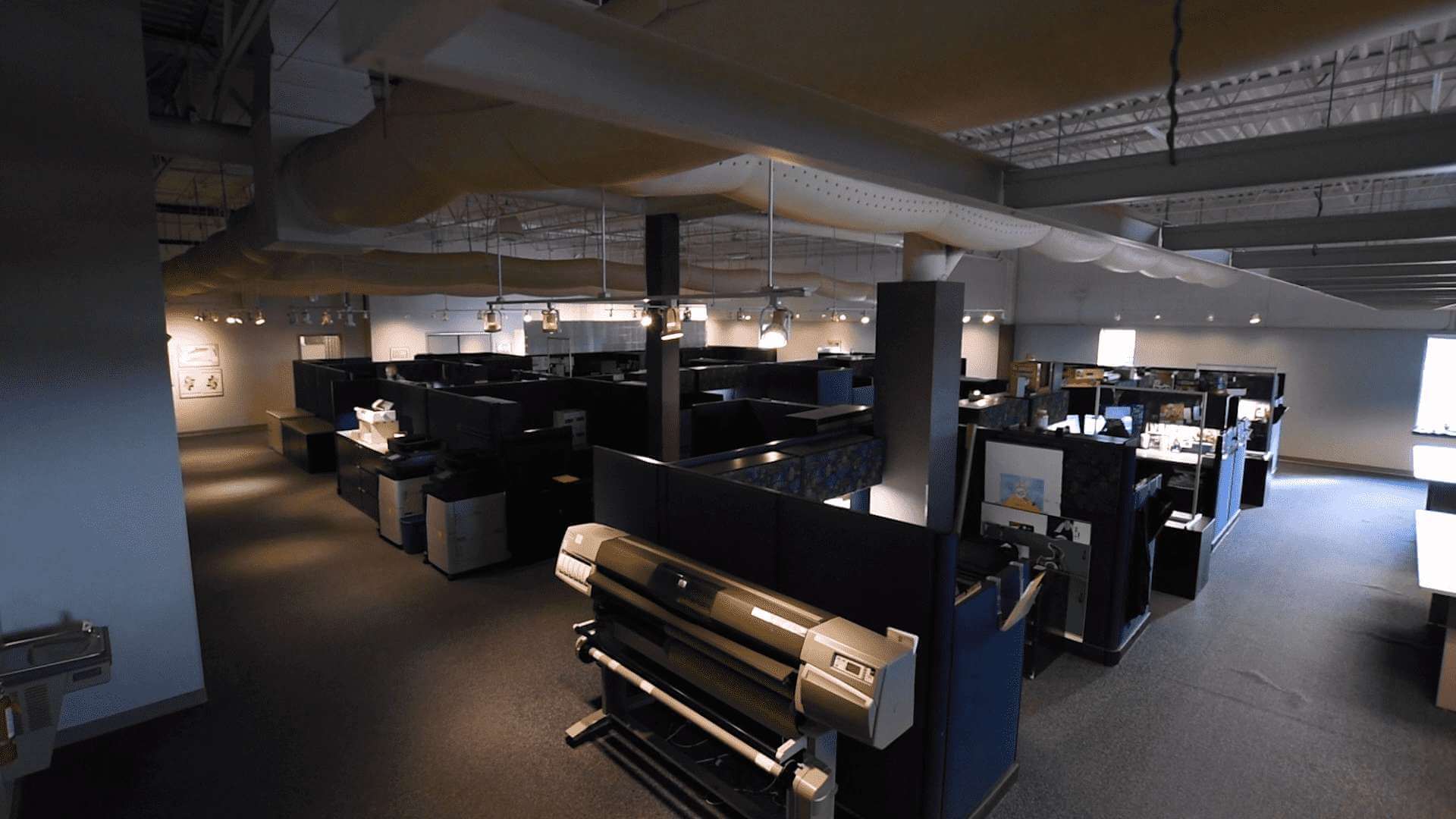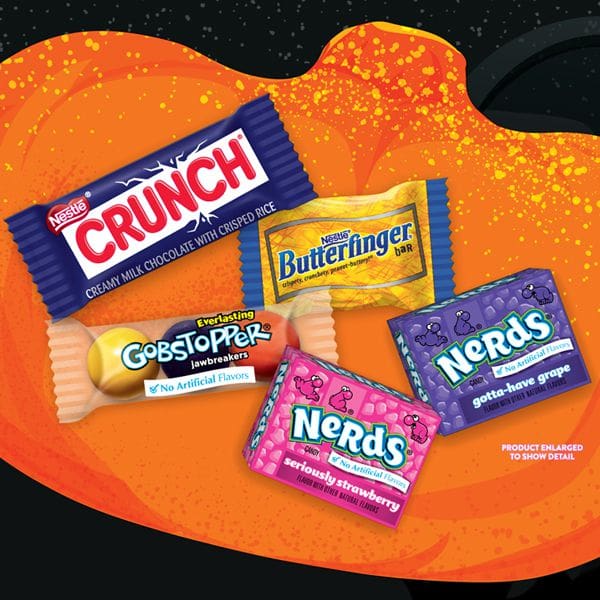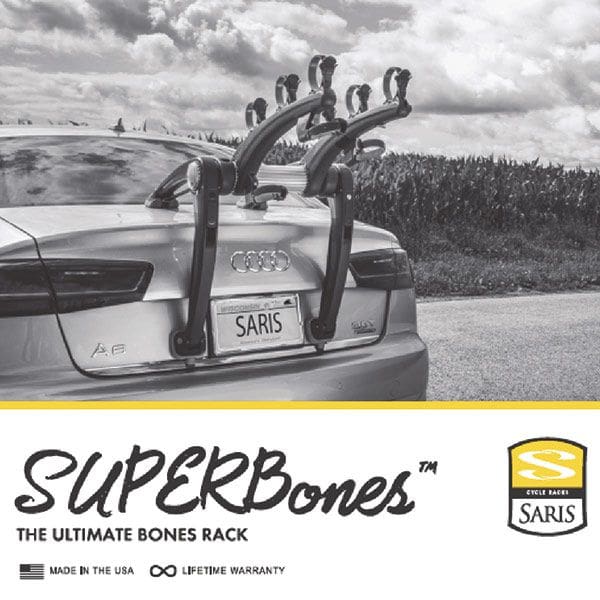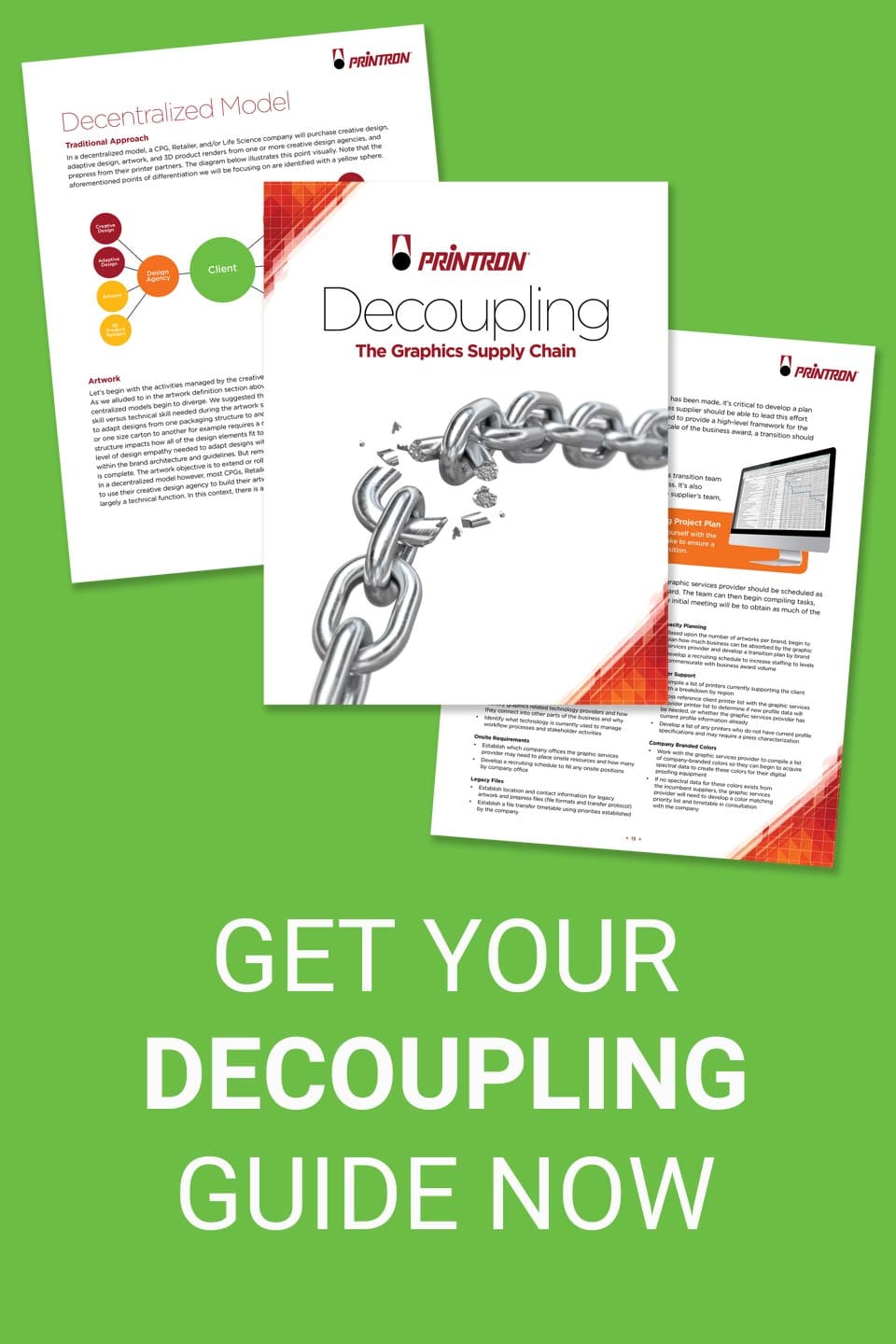Printron offers a unique range of flexographic printing plates, each designed for specific printing conditions. Supporting both the flexible packaging and corrugated industries, Printron has the most state-of-the-art plating and mounting technologies on the market today. Contact us for more details at 920-725-3077 today.
- High Resolution HD Plates, Featuring Optics 80v2, Pixel+
- MicroPlating
- Digital Quantum Plates (Flat Memory Dot With A Foam Cushion Backing)
- Digital FMD Plates (Flat Memory Dot)
- Liquid Mask Plates
- Liquid Plates
- Plate Mounting







